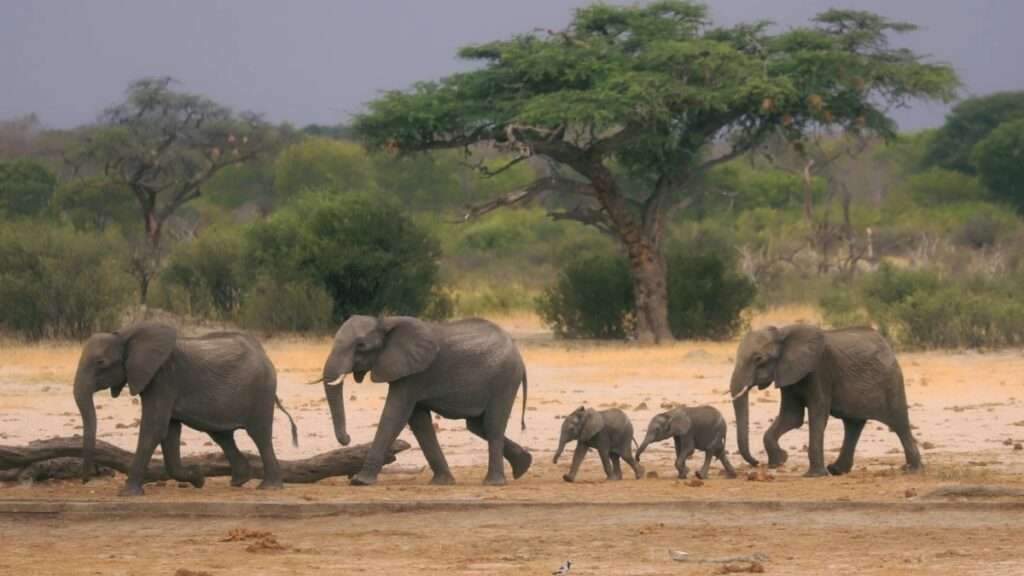In a move aimed at reducing escalating tensions between people and wildlife, Zimbabwe has approved the culling of 50 elephants, citing the growing threat posed by the animals to rural communities. The meat from the culled elephants will be distributed to local households affected by recent human-wildlife conflicts.
The announcement was made by the Zimbabwe Parks and Wildlife Management Authority (ZimParks), which stated that the country’s elephant population has surpassed sustainable limits. The decision comes amid increasing reports of elephants entering villages, damaging farmland, and causing fatal encounters.
“We are responding to real challenges faced by communities living near protected areas,” said ZimParks spokesperson Tinashe Farawo. “With limited space and resources, the growing number of elephants is becoming unmanageable.”
Zimbabwe is home to over 100,000 elephants, significantly more than the estimated carrying capacity of its national parks. This overpopulation has led to frequent migration of elephants into inhabited areas, especially in districts bordering conservation zones such as Hwange, Binga, and Tsholotsho.
According to wildlife officials, the culling will be carried out under professional supervision and within the legal framework of the country’s wildlife management laws. Once processed and inspected by veterinarians, the meat will be allocated to villages that have experienced crop destruction and other losses due to elephant activity.
Local leaders have welcomed the initiative. “For years, families here have lived in fear,” said a traditional leader from Matabeleland North. “We’ve seen lives lost and harvests destroyed. The meat distribution is a small but meaningful way to support those impacted.”
However, the plan has drawn criticism from animal welfare organizations and environmental activists. Critics argue that culling is a drastic step and urge the government to explore non-lethal alternatives such as relocation, improved barriers, or expanded conservation areas.
“Resorting to killing these animals reflects a failure to implement long-term coexistence strategies,” said Dr. Lindiwe Moyo, a wildlife researcher. “We need solutions that preserve both human safety and biodiversity.”
In response, Zimbabwean officials assert that conservation strategies must be grounded in local realities. They emphasize that wildlife management in southern Africa involves complex challenges, including balancing ecological sustainability with the needs of people who coexist with wild animals daily.
Proceeds from regulated wildlife activities, including hunting and meat distribution, are often reinvested into conservation efforts and rural development projects. Officials say such measures help fund anti-poaching operations, community outreach, and habitat restoration.
The scheduled culling operation is expected to begin later this month, with priority given to high-risk zones. While the decision remains contentious, authorities stress that it was made in consultation with affected communities and guided by the principle of minimizing harm.
Zimbabwe’s handling of its elephant population continues to spark debate, highlighting the broader dilemma faced by conservationists across Africa: how to protect wildlife while ensuring the safety and well-being of people living alongside them.



